The secret futuristic city being built by tech billionaires in California
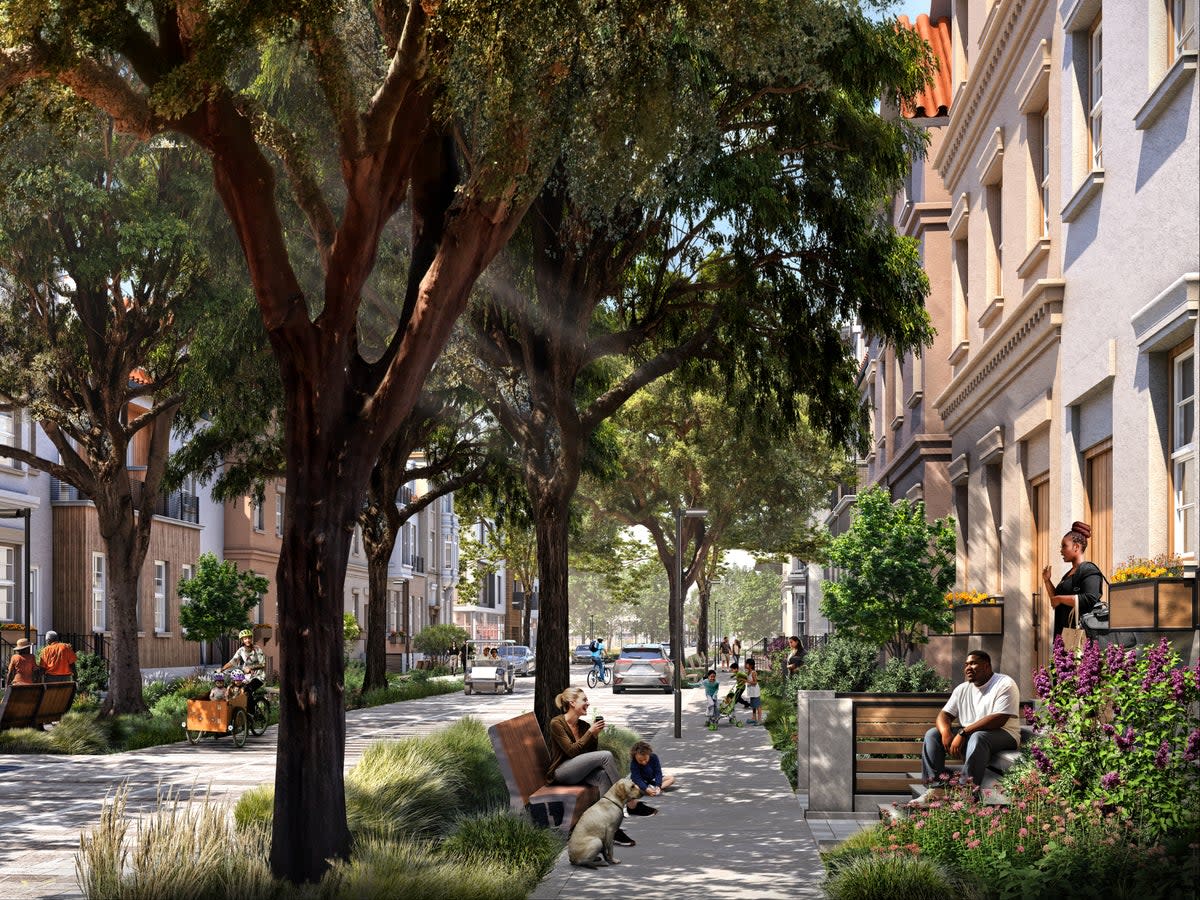
A group of tech billionaires has a bold plan to beat the cost of living crisis in San Francisco: build a whole new city from scratch. But the group faces an uphill battle this November to convince locals that it’s time to create SF 2.0.
The plan is the brainchild of Jan Sramek, a tech entrepreneur and former Wall Street trader. Growing up in the Czech Republic in the early 1990s, America represented a place of unbridled hope. His country was in the early days of defining its new, post-communist era, and the US was a vision of what the future might hold.
“To me, the US was always this place of optimism and opportunity,” Sramek told The Independent. “We just defeated the Soviets. The economy was doing well.”
That made Northern California, which was becoming the center of the nascent dot-com world, “the most optimistic place in the most optimistic country in the world,” he added.
Sramek eventually moved to the Bay Area in the 2010s, and by then, the picture looked considerably different. The tech economy was still booming, but San Francisco was becoming one of the most unaffordable places in the nation to live and struggled with a growing population of unhoused people. Residents of the Bay Area began pelting private buses for Google employees with rocks. The social fabric was clearly beginning to tear.
Something had to change to keep the Bay Area’s diversity, cultural openness, and economic dynamism. Sramek thought he had a key part of the solution: build a new city from the ground up, reversing decades of sluggish construction in the Bay Area.
Since 2017, Sramek and a group of blue chip Silicon Valley investors, operating under the name California Forever, have been pursuing a plan to construct a new city on farm land in Solano County, between San Francisco and Sacramento.
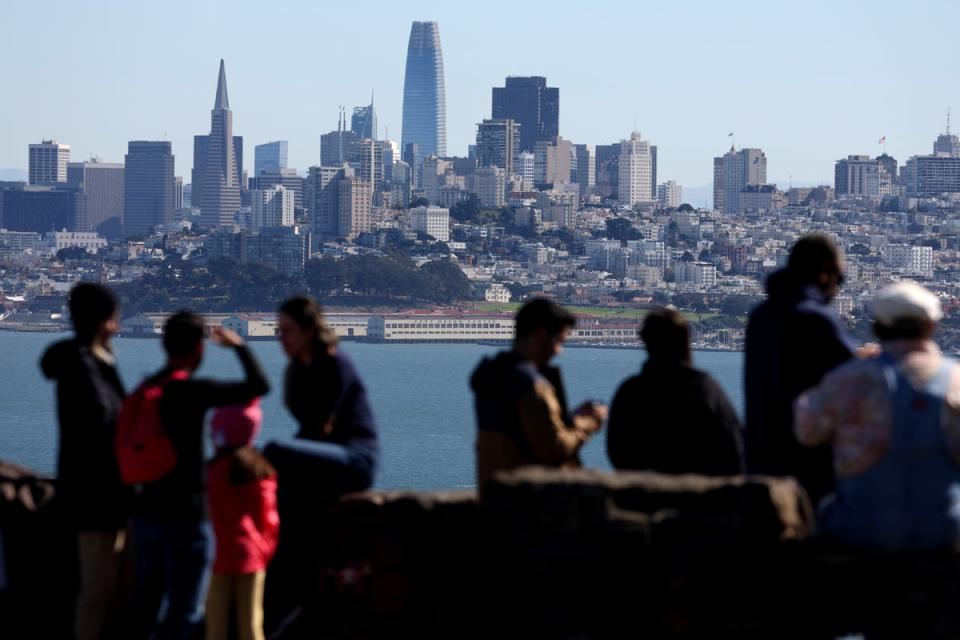
Their goal is to create a settlement of 50,000 people or more, filled with safe, high-density neighborhoods, high-paying jobs, and affordable housing. On a deeper level, they hope their new city will show that great things, including communities, can still be built in America. It’s part of a newly resurgent civic interest from Silicon Valley that’s taken a variety of forms, from a liberal San Francisco YIMBY (”yes in my backyard”) movement pushing for more housing to a growing support among tech leaders for Donald Trump.
But all the optimism, money, and momentum in the world isn’t enough to make California Forever’s vision a reality. That will depend on the citizens of Solano County, who vote in November on a crucial land-use rule that could make or break the group’s big plans. The vote, more than just a local initiative, is a litmus test of where Bay Area voters see their communities headed in the future, and how much they want tech capital to get them there.
Since the project was proposed in 2017, California Forever has spent nearly $1bn buying up rangeland in Solano County, and its investors include some of the biggest names in Silicon Valley: venture capitalists Marc Andreessen and Michael Moritz; LinkedIn founder Reid Hoffman; and Emerson Collective philanthropist Laurene Powell Jobs, widow of Apple founder Steve Jobs.
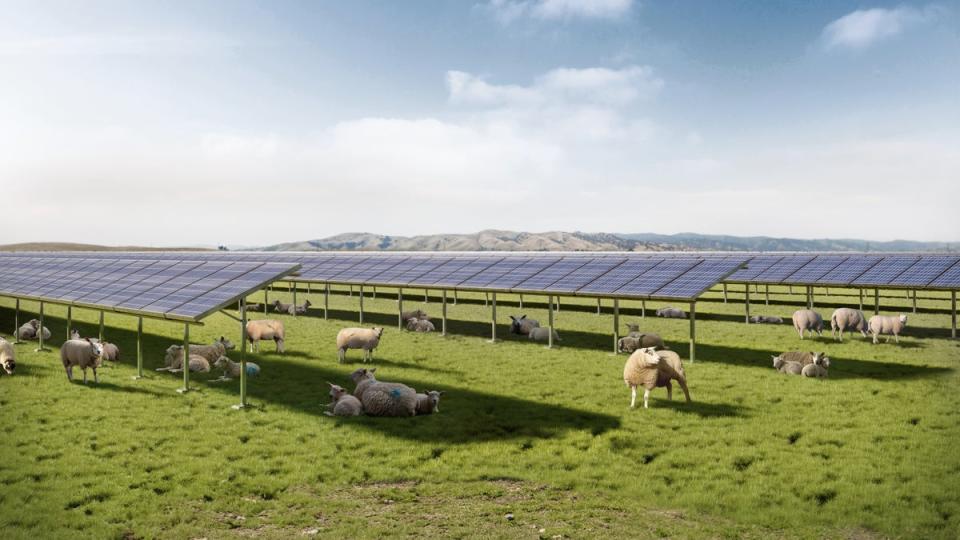
Despite the high tech pedigree, the development’s plans are retro. California Forever describes its vision as a “city of yesterday”. Instead of suburban sprawl, they want to construct the kind of leafy, dense, walkable, multi-use neighborhoods in historic gems like New York City’s West Village or Washington DC’s Georgetown.
“It sounds simple, and it is simple, but it’s an approach that was largely abandoned in the 20th century,” according to California Forever’s head of planning, Gabriel Metcalf, a longtime Bay Area urban planning expert.
Instead, he said, most new building in California is so-called “greenfield” developments, tracts of homes often unconnected to any urban center, large employers, or public transit, leaving residents with long commutes and hollow communities. San Francisco, meanwhile, has largely eschewed mass building entirely since the 1970s, he added.
As Sramek sees it, California Forever will tackle these trends and help reverse California’s much-publicized population decline in 2020, a first in state history. There’s a “moral obligation” to fight for the diverse, affordable, dynamic Bay Area of the last few decades, the kind of globally influential place that only comes along a few times a century, he said.
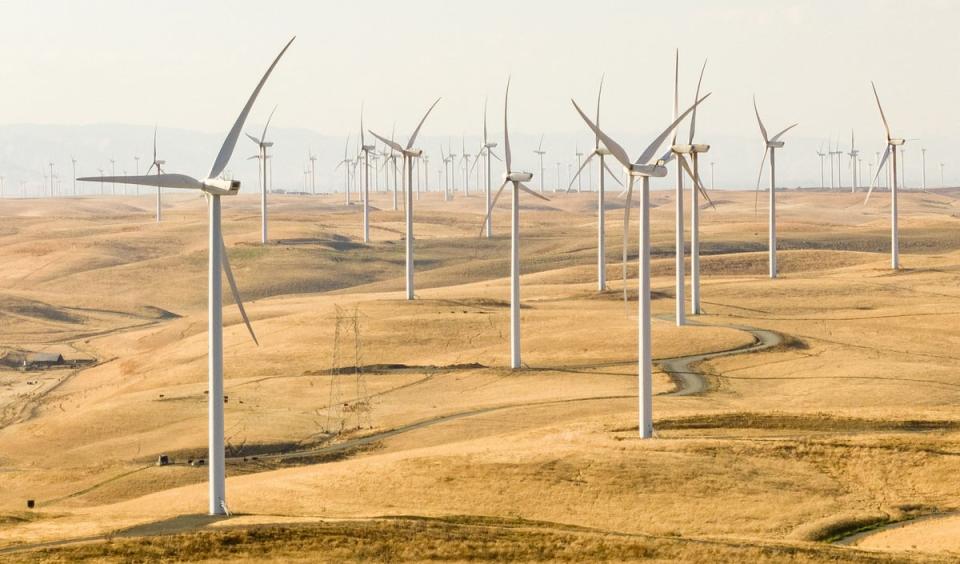
“When this happens, you catch lighting in a bottle, and these places exist for 50 years or a 100 years and they go away,” he said. “People have been trying to create the next New York and the next Silicon Valley everywhere across the world and it doesn’t happen.”
It’s a sign of our current “depressing state of low expectations” that some have described his vision for California Forever as “utopian,” he added, when it’s really more of a continuation of what made the region so vibrant in the first place.
California Forever hopes to pair this old-school urbanism with some new-school technologies, like a planned agrivoltaic solar array and high-tech water recycling infrastructure, as well as economic incentives like $500m in downpayment assistance, 12 anchor business tenants, and a commitment to create 15,000 jobs paying 125% of average county wages before growing the city beyond 50,000 residents.
You’d think, then, given the avalanche of money and good cheer California Forever is hoping to spread, the existing community in Solano County would be thrilled.
The reality on the ground, however, has been far more complicated than the idyllic town squares of the company’s renderings.
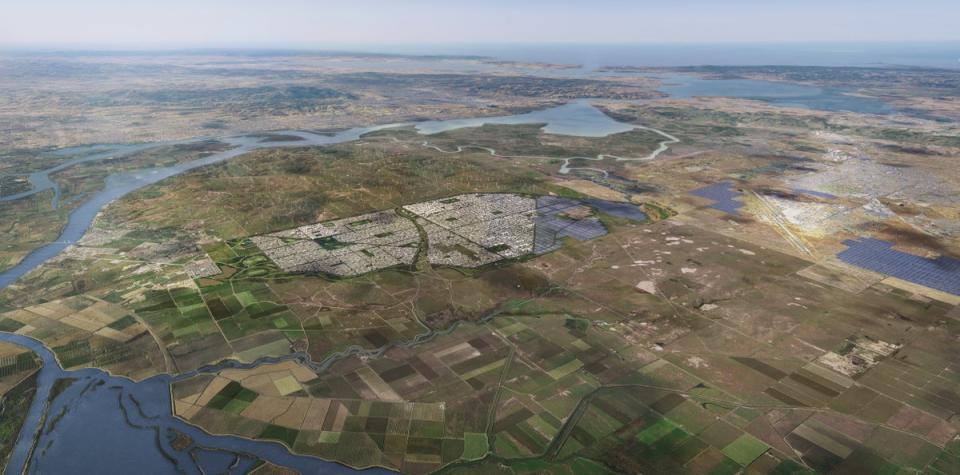
The problems began early on, when locals came learned an opaque company called Flannery Associates was buying up nearly $1bn in mostly farmland around the Travis Air Force Base, setting off alarm bells for its mysterious identity, huge pockets, and apparent haste to snap up land.
Making matters worse, these purchases included buying into multi-generational farm holdings, in some cases splitting members of the same family.
In the summer of 2023, an exposé by The New York Times revealed that Flannery was part of California Forever, introducing its plans to the wider community for the first time.
Sramek said the story, which came out as California Forever was preparing to introduce itself publicly, put them on “the back foot”, but argues that confidentiality has long been a necessary step at the start of ambitious development projects.
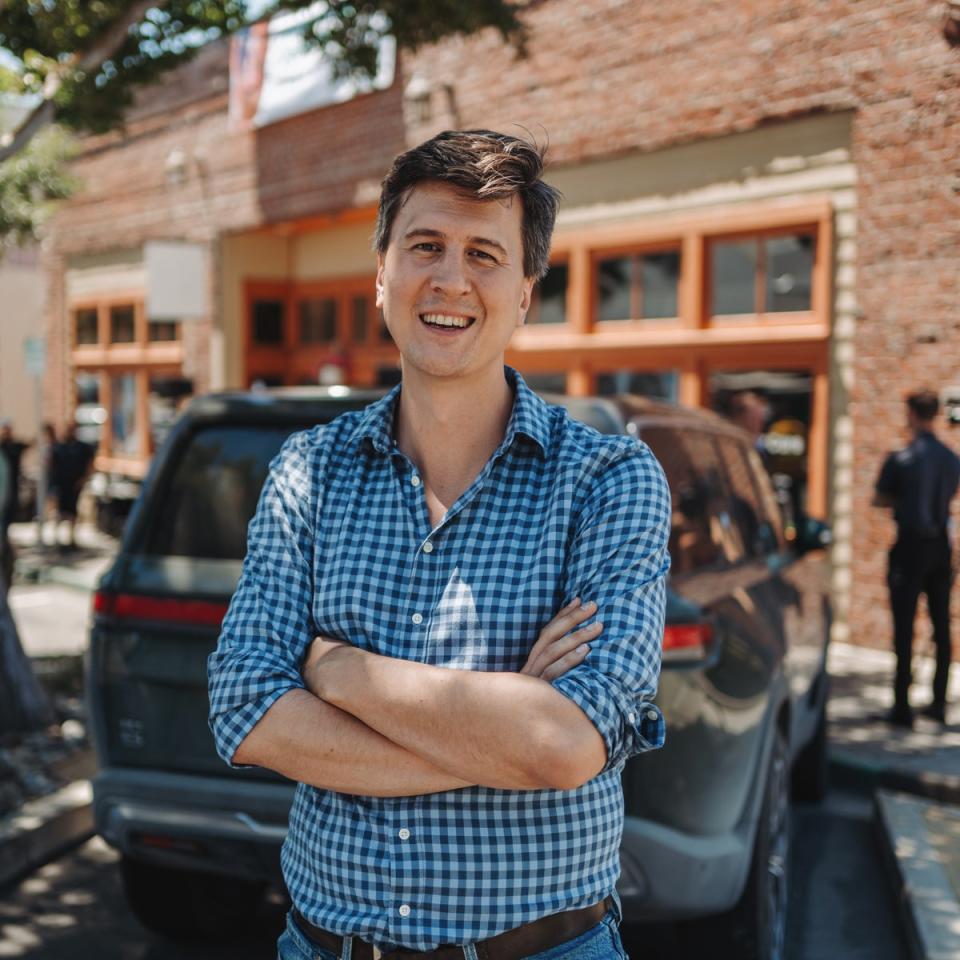
Even once it went public, though, California Forever has still battled the perception that it’s an unwanted presence. Flannery has been a part of multiple lawsuits with local landholders, including a $510m antitrust suit filed in May accusing some holdouts of colluding to raise prices. US Representative John Garamendi, a Democrat whose district is nearby, accused the group of “strong-arm mobster techniques”.
“Good neighbors don’t sue their neighbors!” a local man yelled at a recent town hall, to applause.
The group has also faced scrutiny, saying that the reality of its plans don’t match up with its claim to be building “the most sustainable city on Earth.”
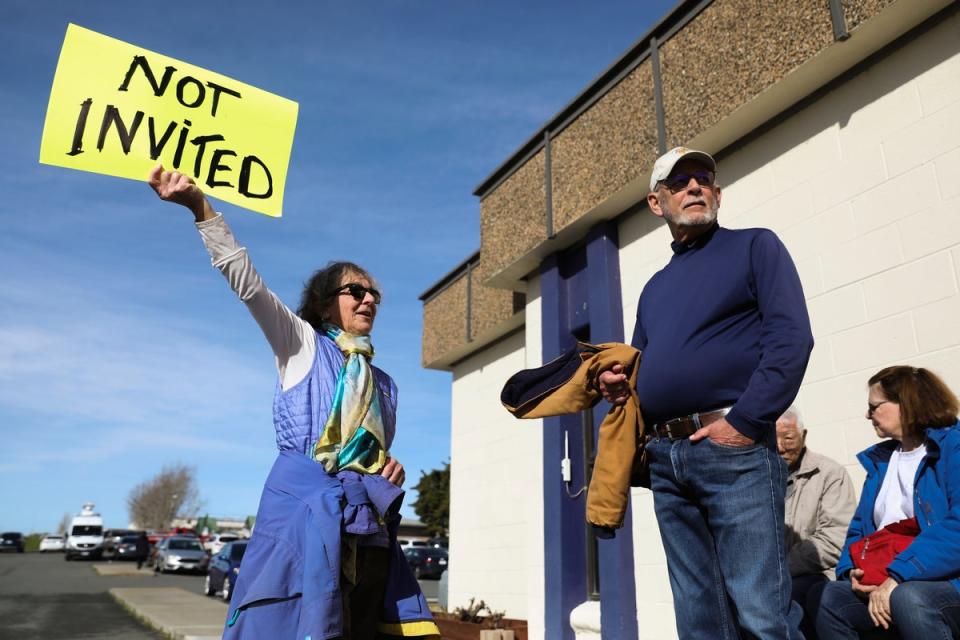
California Forever has touted that the planned settlement, a roughly 17,500-acre city plan nestled within a larger 60,000-acre plot of land, is on “non-prime farmland,” and areas it’s described as having “no ecological habitat”.
When The Independent put these claims to Nicole Braddock, executive director of the Solano Land Trust, she laughed out loud.
She said the landscape is home to both rare vernal pool habitats and sustainable farms that use natural rainwater irrigation.
“Not only is it farmland and ranchland that is growing food, but it’s also supporting habitat and water recharge at the same time,” she said. “To us, that makes that land incredibly valuable.”
“To think that a habitat stops at a property line is ludicrous,” she added.
Metcalf, when asked about a California Forever statement from June declaring that its parcels had “no ecological habitat”, insisted “I would never say that.” He argued that California Forever managed to find an ideal parcel that met the state’s need for housing, makes efficient use of resources and space, and avoids wildfire and sea level rise risks.
“Compared to the sprawl in the Central Valley, which is vastly larger than what we’re talking about doing, the decision to build on non-prime farmland is very responsible,” he said.
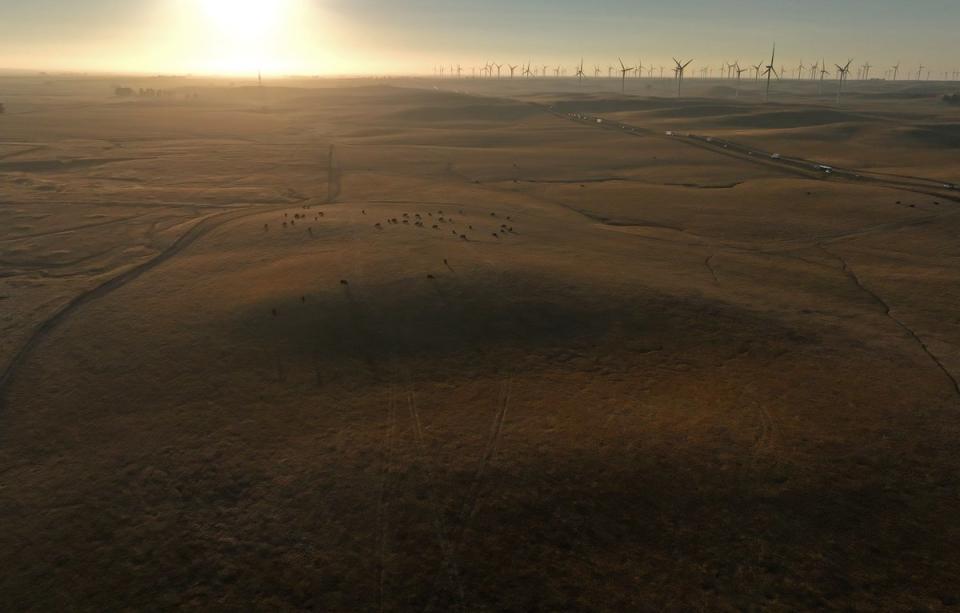
An April poll of Solano County voters found that roughly 70% were likely to vote no on the November ballot initiative.
If the poll is accurate, it may be a sign of how deeply rooted the area’s agricultural identity really is. The community has been voting since the Eighties to preserve open and agricultural space, and they may not be interested in something else.
For his part, Sramek said he hopes the community sees California Forever the way he does: as the leaders of Silicon Valley putting their influence and money into the long-term good of the region, not another “stupid messenger app.” Real estate investors typically want returns in seven years. He and his backers are in it for the long haul.
“Banks would never have lent money on this. Insurance companies, other types of investors, would have absolutely not invested in this,” he said. “This is venture, risky, long-term investing at its best.”
Come November, they’ll see whether that bet has begun to pay off.

